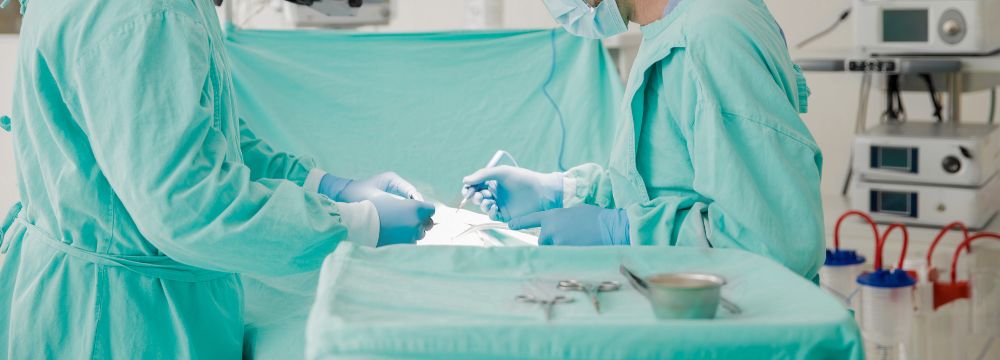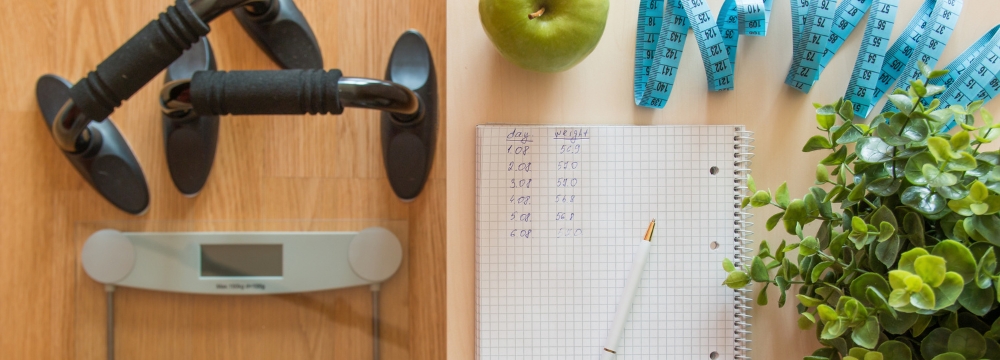Gallbladder
If you’re not too squeamish, we encourage you to look at our surgical video that shows Dr. Huguet opening a gallbladder full of gallstones. It’s not the most pleasant thing to see, but it shows just how much your gallbladder can hold. Is having lots of large gallstones within your gallbladder normal, and do gallstones present differently in different people? Also, does having many or just a few gallstones increase your risk for gallbladder pain and cancer?
Let’s Talk About the Number of Gallstones
Up to 15% of the adult population lives with gallstones, but about 90% of them will never know how many they have simply because they are unlikely to be symptomatic. Gallstones become symptomatic when they block the movement of bile out of the gallbladder, causing inflammation and pain. Other gallstones can get stuck in the common bile duct (choledocholithiasis), which can cause significant pain, lead to pancreatitis if they block pancreatic enzymes, and other complications to the liver, for example.
There is no way of knowing if your gallstones will become symptomatic at any point in your life. Further, there’s no formula to knowing if there are just a few or many gallstones in your gallbladder, though we can visualize what’s in there with a simple ultrasound. Ultimately, the question is academic, as a few large gallstones can be just as symptomatic as a few or many smaller gallstones. It comes down to the luck of the draw.
Gallstone Concerns
Whether you have just a few gallstones or many, the most common concern revolves around the symptoms. Once you have your first gallstone episode, subsequent episodes will likely get progressively worse (both in frequency and intensity). Most patients will have surgery to remove their gallbladder, known as cholecystectomy, once the pain and lifestyle impediment becomes too great.
Untreated gallstones can also be concerning because of the risk of one or more leaving the gallbladder and getting stuck in the common bile duct. When this occurs, symptoms can spread beyond just the gallbladder, leading to complications and the potential for significantly more complex surgery.
Regardless of how many gallstones you have, most occurrences do not increase your risk of gallbladder cancer, a very rare but aggressive form of the disease. Some data suggest that particularly large gallstones, those over 5 cm in diameter, may slightly increase the relative risk of gallbladder cancer. However, the overall risk is still very low.
If your gallbladder is removed, the organ will be sent to pathology to check for any malignancy as a precautionary measure, not because we assume there is a problem. Most gallbladders sent to the pathologist come back negative for cancer.
How Are Gallstones Diagnosed?
Gallstones have a very particular symptom profile with pain in the upper right quadrant of the abdomen just under the ribs. Your primary care physician or general surgeon can quickly diagnose a gallbladder problem based on these characteristics, as well as knowing that pain occurs shortly after a meal, especially those high in fat. Why? The gallbladder secretes bile to digest fat. As such, the gallbladder contracts after fatty meals, which is when the stone gets stuck. Gallbladder concerns can also be diagnosed with a simple ultrasound if needed.
Next Steps
Of course, a qualified medical professional should evaluate all abdominal pain to reduce the risk of problematic conditions going untreated. Gallbladder issues are common, especially among middle-aged, fertile, and overweight women, and are easily diagnosed and treated with straightforward, safe, and effective surgery.
And a quick note…if you REALLY want to know how many gallstones you have after surgery, let Dr. Huguet know beforehand. You never know; your gallbladder may be featured on our Instagram page next!











